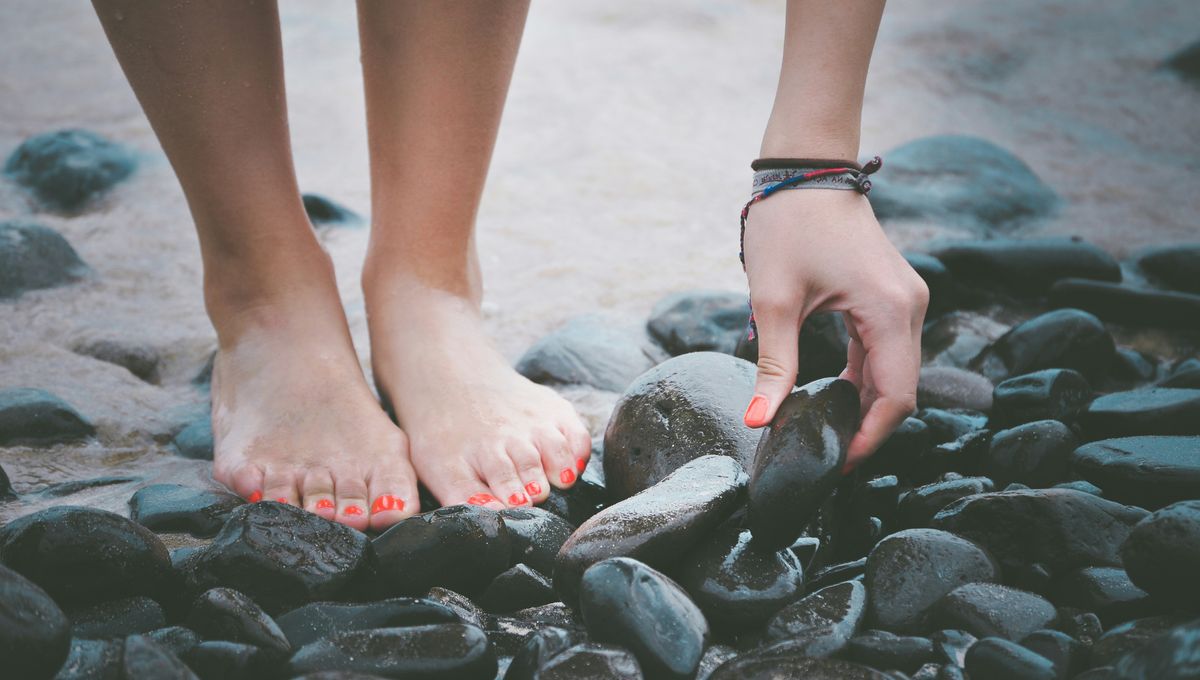
The human body is an elegantly evolved machine, though it does retain several superfluous features that are no longer essential for survival, from male nipples and floating ribs to wisdom teeth and butt hair. Speaking of which, what’s the point of toenails?
Arguably among the grossest parts of the human body, it’s easy to think that toenails serve very little purpose, aside from harboring fungal infections. It’s hard to imagine life being any more pleasurable – or miserable – without these yellowing, wannabe talons.
On the other hand, fingernails have a more obvious function. These flattened shields of keratin sit above the delicate fingertip, enhancing tactile sensitivity by providing counterpressure and thereby improving fine motor skills. Picking up a tiny needle from a table surface is made significantly easier thanks to fingernails. Furthermore, they can be used as a tool for scratching and opening annoyingly fiddly packaging.
It’s not as apparent, but the same is somewhat true for toenails; they provide protection and help refine sensitivity. It is said that nail-less people would have a harder time sensing subtle changes in the ground beneath them, increasing the risk of losing balance.
However, it could be argued the talent of toenails is not as immediately evident as fingernails because Homo sapiens are bipedal beings that tend to rely on their hands for subtle tactical manipulation, not our feet.
The same can’t be said of primate relatives, many of which also have nails just like humans. It’s not clear why most primates evolved flat nails, as opposed to many other vertebrates that possess sharp claws for hunting, scratching, and wounding. However, one idea is that the flattened nails helped some of our common primate ancestors to climb trees and grip branches (by comparison, claws could easily snag and be cumbersome). Primates are generally social animals that live in groups, so perhaps our unusual nails had something to do with social grooming.
Whatever the advantage, nails stuck around. When some primates left the trees and became bipedal, the extra-dexterous digits on their hands may have proven useful for crafting tools and manipulating the physical world around them. Feet were no longer needed for clasping branches, but toenails provided some basic protection (or, at the very least, didn’t impair their survival) so they remained firmly placed on their feet.
So, next time you’re clipping your toenails and wondering what natural selection was playing at, remember you’re looking at an unsung hero of your species’ evolution (well, if we’re being generous).
Source Link: People Are Asking What's The Point Of Human Toenails?